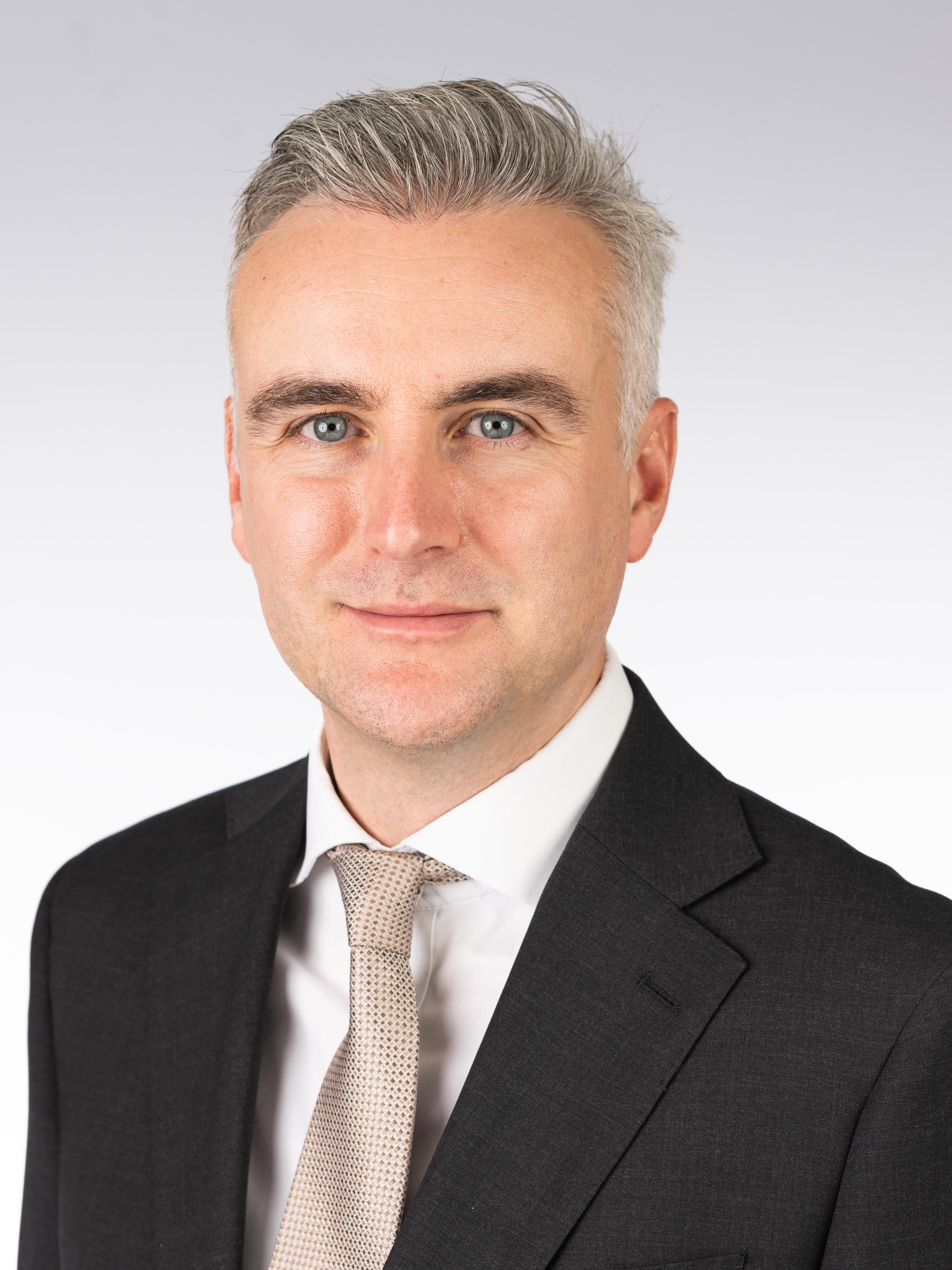ELTIF 2.0 is to support growth of European private credit
By Michael George, Lead Portfolio Manager of M&G’s Corporate Credit Opportunities ELTIF Fund
With continued uncertainty around interest rates and inflation, private credit represents an attractive source of floating, stable income and uncorrelated returns. The new ELTIF regulation will spearhead the democratisation of private markets strategies in Europe as it has the potential to widen access in a meaningful way.
Private markets have grown significantly since the Global Financial Crisis but have historically remained the preserve of institutional investors such as pension funds, insurance companies, foundations and endowments. Today, thanks to favourable regulatory changes, such as the European Long-Term Investment Fund (ELTIF), individual investors can access these opportunities, which have been a mainstay of institutional portfolios thanks to their risk-adjusted reward potential.
ELTIFs were introduced to encourage investment in Europe’s real economy, channelling capital towards core areas such as corporates, infrastructure and real estate, while advancing the democratisation of private assets. Policymakers recognized that there was a pension gap within Europe, as well as a public funding gap for private companies: 99% of companies within the European Union are small and medium-sized enterprises, sustainable economic growth is predicated on supporting private businesses as well as larger public businesses.
ELTIF 2.0: what has changed
The first iteration of the regulation was introduced in 2015, but uptake has been slow due to high minimum investment requirements. A revamped version of the investment framework – ELTIF 2.0 – effective as of 20 January 2024 - seeks to enhance the attractiveness of the vehicle.
The key benefits of the framework remain unchanged: regulated access to private assets for a broader investor base, also an EU marketing passport which allows efficient access across the region, promoting both investor diversification and efficient portfolio costs.
The modification concerns a widened definition of eligible assets and a reduction of the minimum investment in eligible assets from 70 to 55%, with public assets now potentially up to 45% of the portfolio. Whilst we welcome a widened definition, the lowering of the minimum allocation to eligible assets means investors must do their due diligence to ensure they are selecting the right fund to bring those private asset diversification benefits to the fore. Also, the original minimum investment allocation of €10,000 has been removed.
Key changes are also around alignment of interest, the ability for the manager to co-invest alongside their clients, including more cost transparency and a more standardized framework around these.
In our view, ELTIF 2.0 will be a key tool to spearhead the democratisation of private markets strategies in Europe as it has the potential to widen access in a meaningful way. As a matter of fact, private credit funds typically have minimum investment amounts in the millions, whereas ELTIFs can provide access from zero to the tens of thousands.
Riding private markets: the importance of selectivity and experience
With continued uncertainty around interest rates and inflation, private credit represents an attractive source of floating, stable income and uncorrelated returns. Return generation from private credit is not contingent on short-term macroeconomic dynamics. The prevalence of cashflow-generative assets delivering income-driven returns rather than returns predicated on market gain ergo price volatility lends itself to this profile. In addition, the income margins are fundamentally structured to be credit risk efficient through economic cycles. We take into account multiple economic scenarios in structuring deal terms, not just a point in time view.
Once a niche asset class, the significant growth in private equity in the past decade and companies staying private for longer has further evolved the depth and breadth of the corporate credit market.
Though yields in private credit are very attractive the effects of a fast-changing interest rate environment also directly feeds through to company balance sheets. Weaker companies with thin interest coverage ratios and revenue margins will likely struggle, meaning selectivity and experience in this market is paramount to be able to avoid the losers. Avoiding the losers is how to build value in this asset class, as the credit instruments do not generally trade above par given their active callability.
More generally, as the new regulations expand access to a wider range of clients, it will be more crucial than ever to help investors make informed choices based on their investment needs through better financial education – and that is something that we are committed to doing.
Opportunities
ELTIFs are still relatively nascent, about EUR16bn of AUM currently sits in ELTIF funds but we believe that there is still a huge growth opportunity in this segment to broaden investor access. UCITS funds can be taken as a benchmark where AUM stands at currently EUR13tn.
Markets think ELTIFs and semi-liquids are the preferred channels for access to a broader investor base. Investors were looking for core pillars of: return and income, diversification, liquidity and access to an asset class that was previously not accessible.
Another factor is bank retrenchment. In the US we have witnessed an accelerated retrenchment over the last 10 years. Companies largely go to capital markets (public and private) for their funding requirements rather than banks. We are now also seeing banks retrenching in Europe. This is likely to accelerate in Europe, giving plenty of growth opportunity.
Private credit is also not synonymous with only small companies. Both well-known and lesser-known companies are private equity owned. These companies have solid market leading positions and are able to withstand tough economic cycles, which undoubtedly, we will be going through over the next couple of years.
Track records have shown that when comparing private credit to the most comparable asset class in the sub-investment-grade space in Europe (the European high-yield bond market), the risks are still overcompensated. European high yield has delivered 3.5% over the last decade compared to almost 10% for illiquid private credit.
